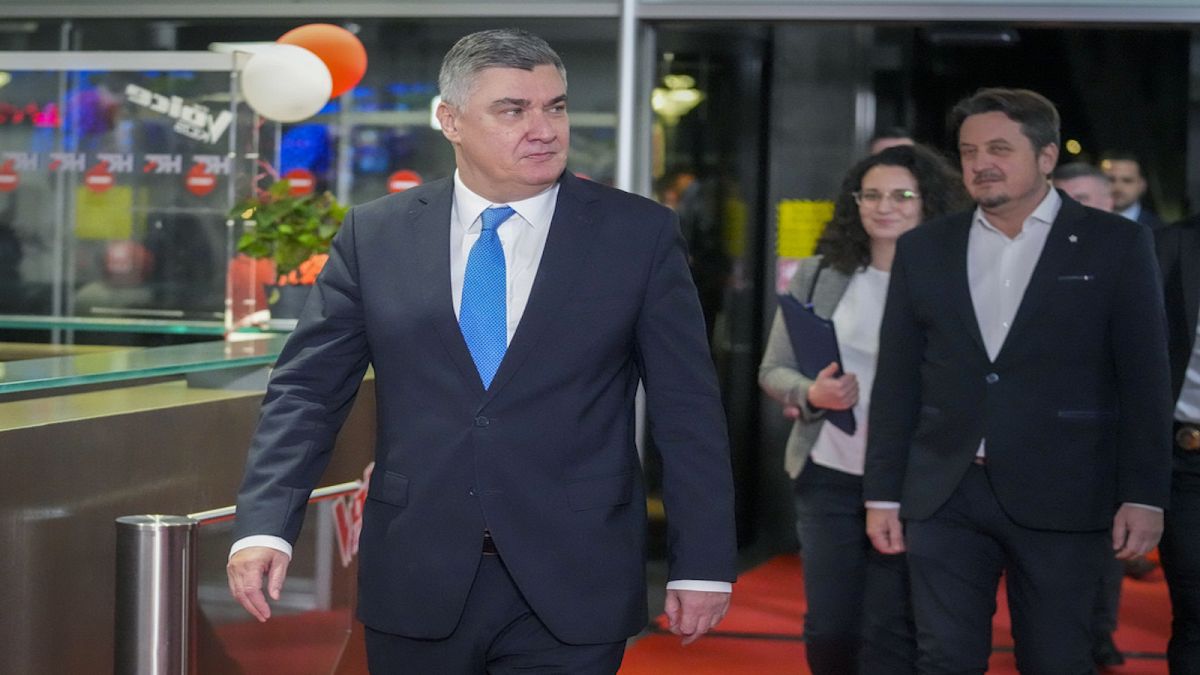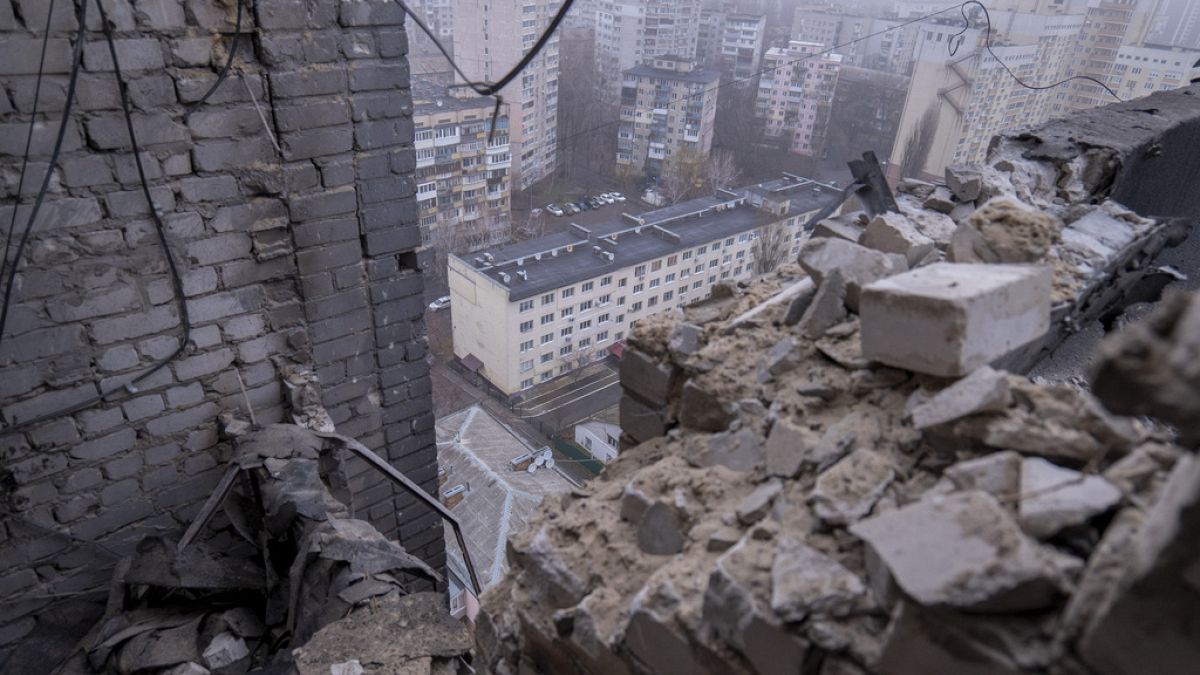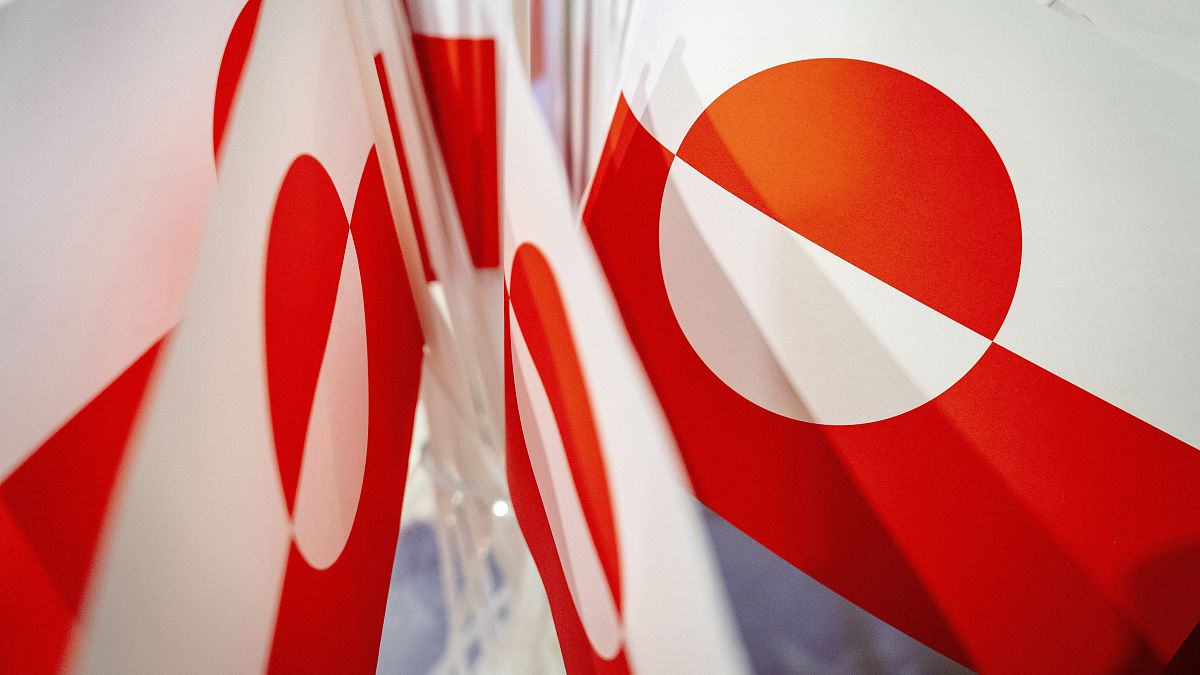Labor has revealed it will be launching a full-scale crackdown on card surcharges, but relief won’t likely come until 2026. The government is giving more funding to the consumer watchdog and will wait for the Reserve Bank (RBA) to design safeguards.
Card surcharges were introduced by the RBA back in 2003 due to fears credit would outstrip debit spending. Swinburne University’s Professor Steve Worthington told Yahoo Finance the mission has been achieved, but it’s given rise to businesses slapping unnecessarily high surcharges.
“I think what [the RBA has] done is opened the floodgates to people just trying to rort the system,” he said. “It’s just another way of gouging us.”
RELATED
How do card surcharges work?
Businesses are only allowed to surcharge customers whatever it costs them to provide the digital payment system. They aren’t allowed to profit from the system.
Some don’t pass the cost onto consumers and decide to either absorb it into the base price of their goods or services, or just take the hit.
But, they also have to include the surcharge in the display price if there’s no way to pay without the surcharge like with cash.
So if a cafe charges $5 for a coffee but does not accept cash, it can be fined for not properly advertising the coffee to include the surcharge amount.
The rule of thumb is that for EFTPOS, it’s usually 0.5 per cent or less of the transaction cost, for debit it’s between 0.5 to 1.0 per cent and credit is 1.0 to 1.5 per cent.
However, there are many places that charge much higher rates and it’s the Australian Competition and Consumer Commission’s (ACCC) job to go after those businesses that gouge Aussies.
Albanese and Chalmers’ plan to get rid of surcharges
Labor referenced RBA data that showed surcharging is costing Australians close to $1 billion a year.
The government will give the ACCC $2.1 million to analyse excessive surcharging and report back, under the new plan.
“Consumers shouldn’t be punished for using cards or digital payments, and at the same time, small businesses shouldn’t have to pay hefty fees just to get paid themselves,” Treasurer Jim Chalmers said.
“This is all about getting a better deal for consumers, reducing costs for small businesses and promoting a more competitive payments system.”
“My government’s number one priority is to ease the cost of living for households and businesses, and this is another step to protect Australians,” Prime Minister Anthony Albanese added.
The government’s mission is to wipe out surcharges by 1 January 2026.
It’s a topic of major concern to Aussies, with a Yahoo Finance poll of more than 7,000 people showing 71 per cent believe rising surcharges is making them use cash more.
What is the RBA doing about surcharges?
But the government’s plan also depends on the RBA’s investigation into the payment system, which is due to announce its report later this year.
It is looking into what costs businesses are battling to provide card surcharges.
Many businesses across the country have been begging Aussies to pay with cash because the cost of providing digital payments is getting too much.
Home Or Away Mechanical in Queensland told Yahoo Finance that it’s in the thousands per year that they have to cop.
“[We’re] just sick of the bank fees. We pay between $4,000 and $5,000 a year in bank fees for the EFTPOS machine to hire it and a percentage on every transaction,” owner Michelle Guilford explained.
“As well as everything else going up in price, it’s just ridiculous. We decided to put the sign up and it’s been a great success.”
Even some of the big four banking bosses like Westpac’s Peter King and NAB’s Andrew Irvine have expressed opposition to card surcharges and say they’re not fit for purpose anymore.
If Australia banned surcharges, it would bring it in line with the likes of the UK and the European Union.
Get the latest Yahoo Finance news – follow us on Facebook, LinkedIn and Instagram.














